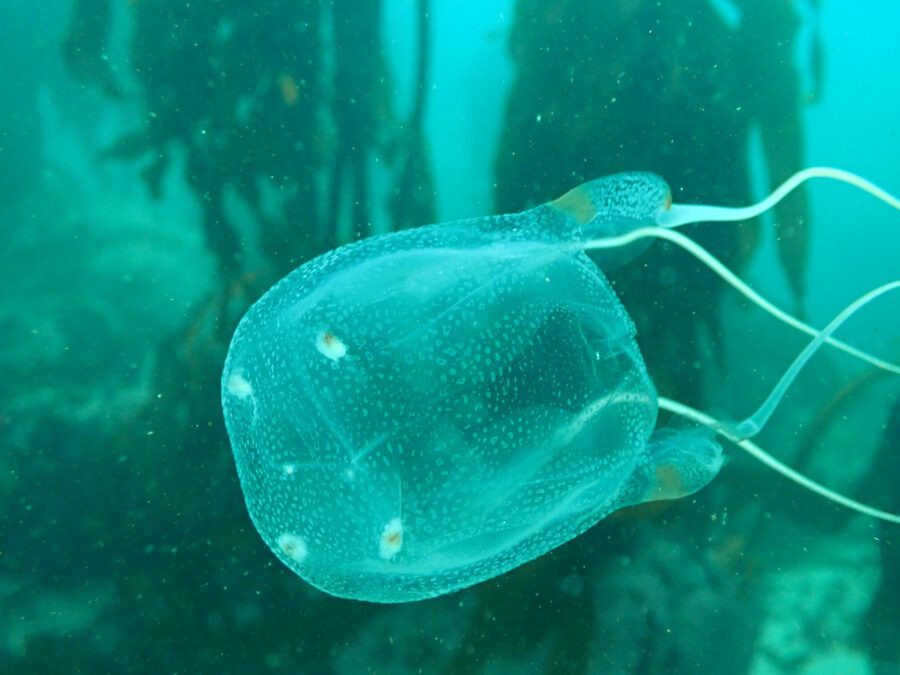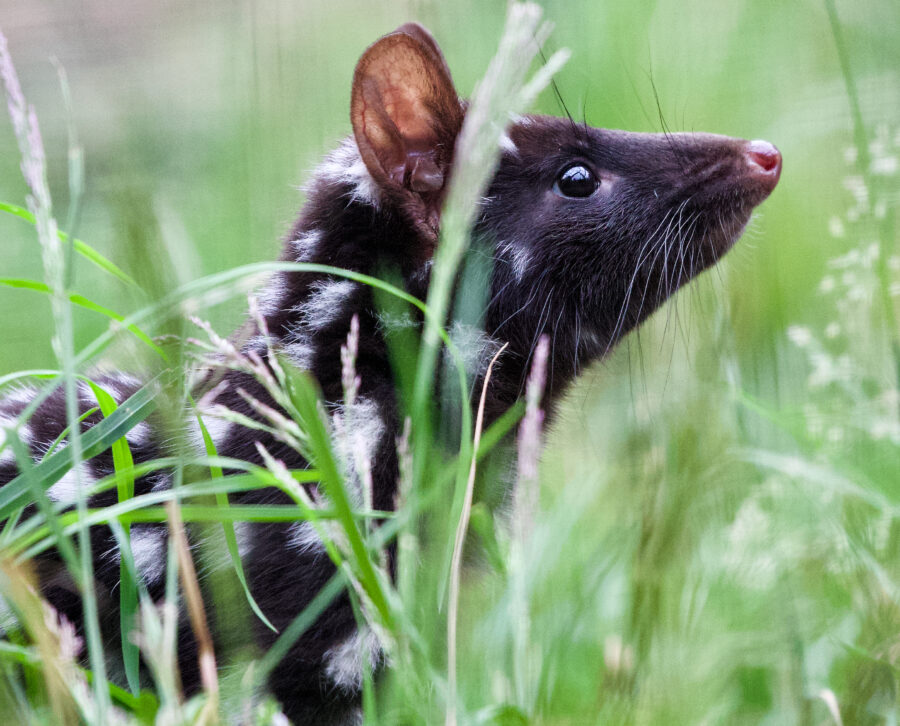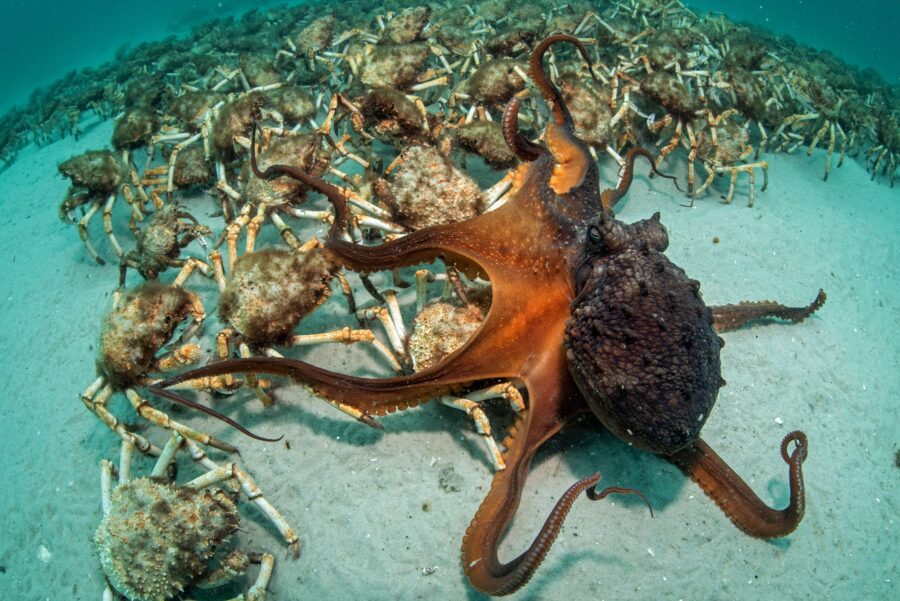The scarlet finch is a raspberry-coloured dream

Bec Crew
Bec Crew
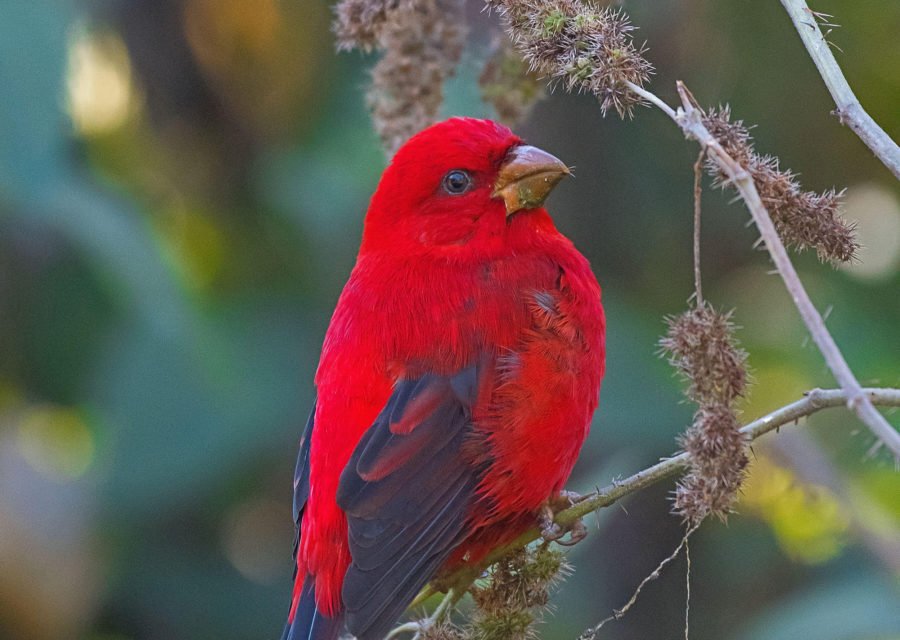
The most brilliantly coloured member of the rosefinch genus, this plucky little songbird has a range that runs across the Himalayas to Northeast India and over to Southeast Asia as far south as Thailand.
Its scientific name, Carpodacus sipahi, references the red uniform worn by members of the East India Company. British naturalist Brian Houghton Hodgson gave the species the name sipahi, a version of sepoy, the name given to Indian infantrymen in the 18th century.
While the scarlet finch male is certainly impressive, the female has another look entirely. Dressed in dappled olive green, grey and white, the female scarlet finch looks very muted compared to the male, but has an elegant kind of beauty, all the same:
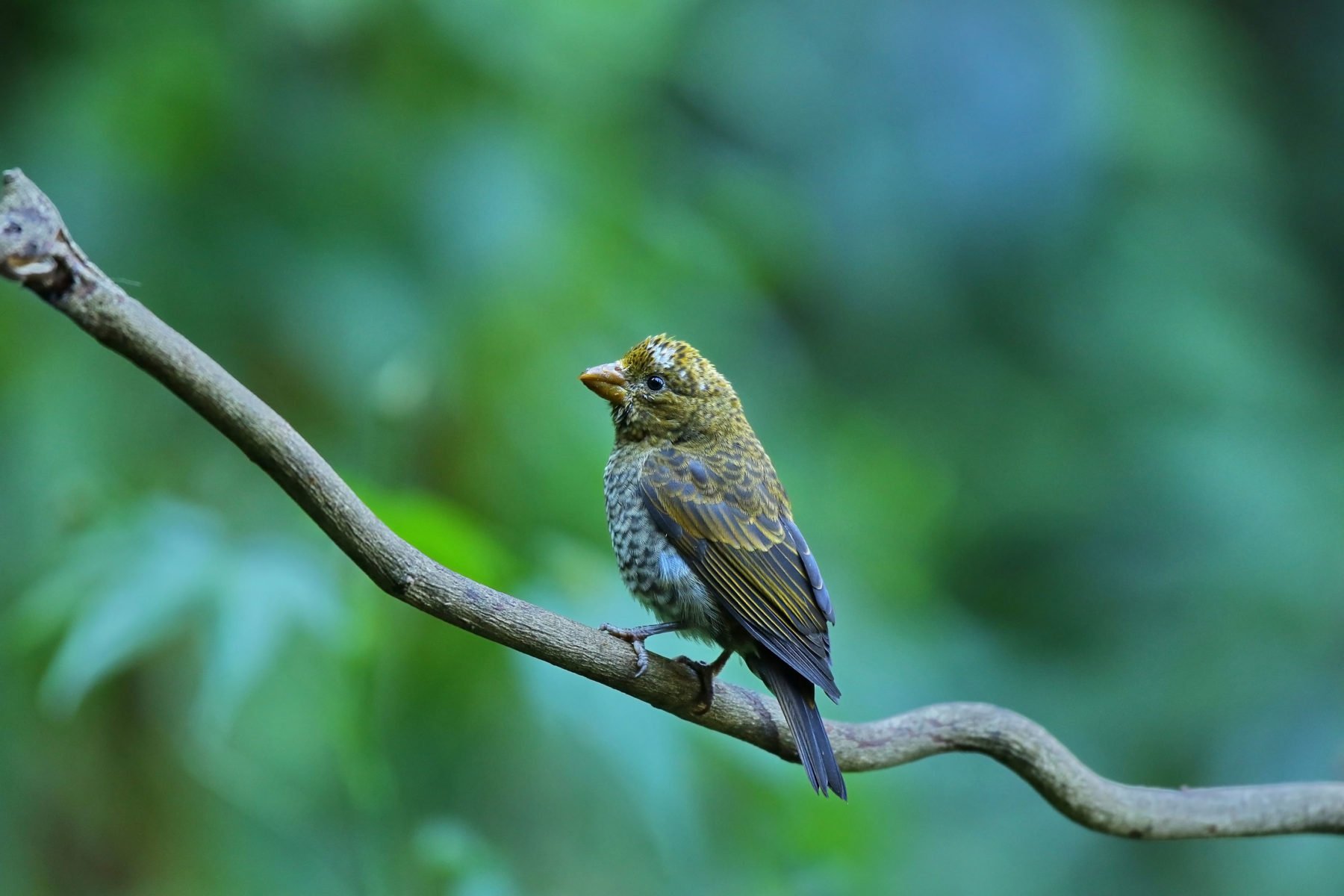
The rosefinches are an absolutely beautiful group of birds that occur throughout Eurasia. While their name Carpodacus is derived from the Ancient Greek words karpos, meaning “fruit” and dakno, meaning “to bite”, they look less like a living strawberry like this wonderful bird does, and more like they were born from literal rose petals.
Look at the dusky rose hue worn by the common rosefinch (Carpodacus erythrinus). He looks like he just rolled around in someone’s winter blush palette:
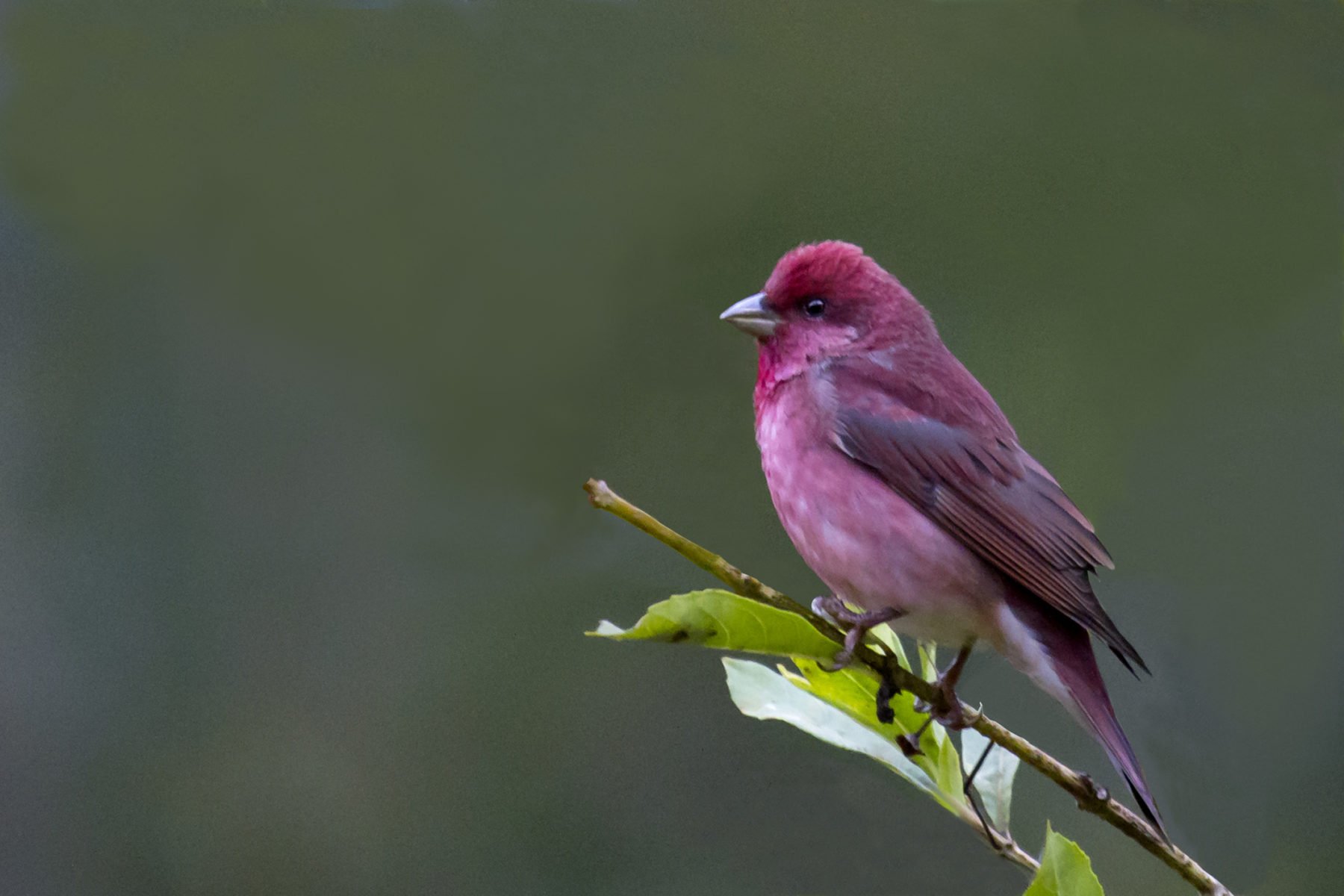
And there’s the Pallas’s rosefinch (Carpodacus roseus), photographed here in Japan, looking like a sweet little lump of Turkish delight:
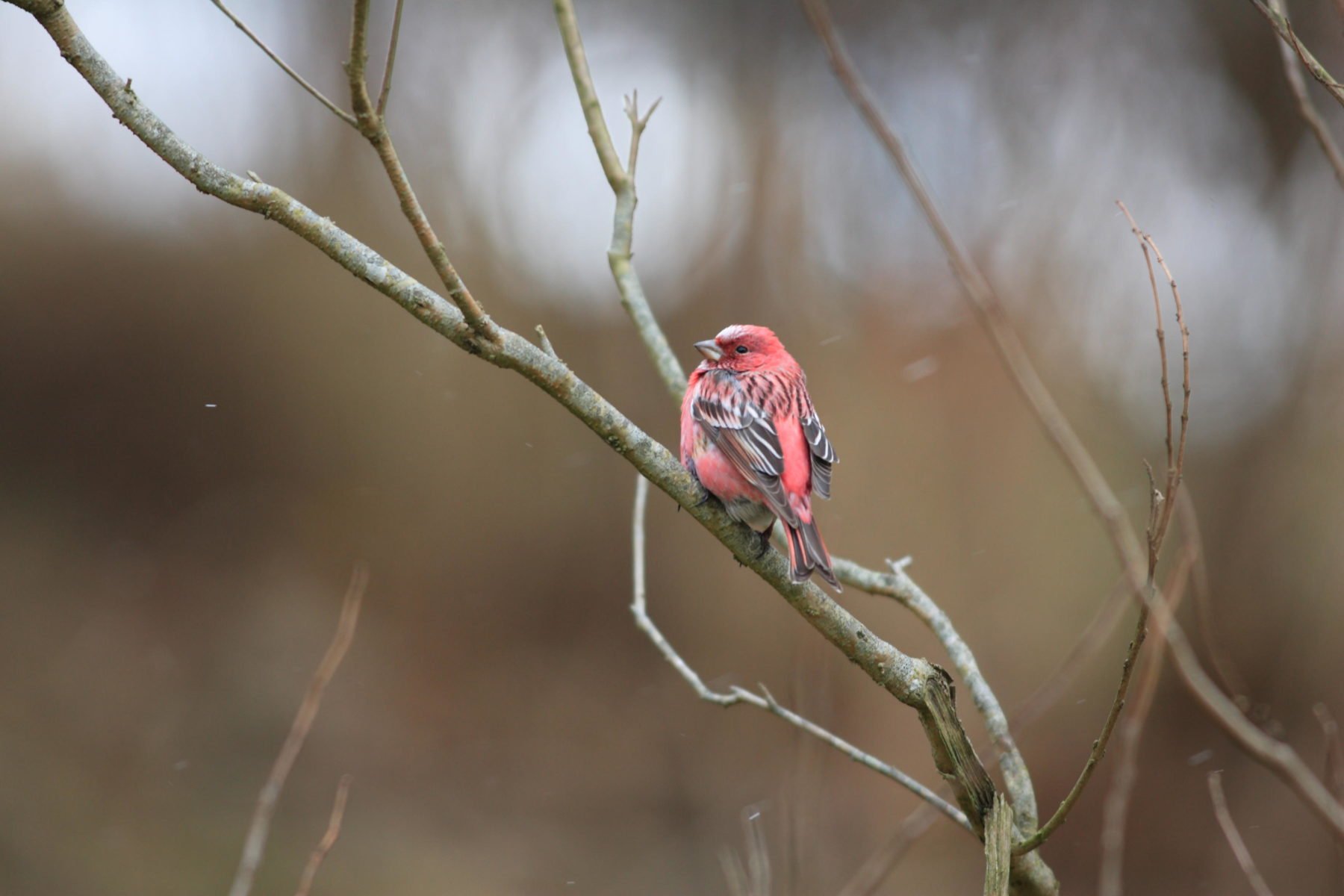
Rosefinches belong to the subfamily Carduelinae, which also includes the incredible Hawaiian honeycreepers. They are members of the family of ‘true finches’ family (Fringillidae), which, strangely enough, have made their way all over the world, except for Australia and Antarctica.
In Australia, our finches, from the family Estrildidae, aren’t all that closely related to the true finches, despite looking very similar.
